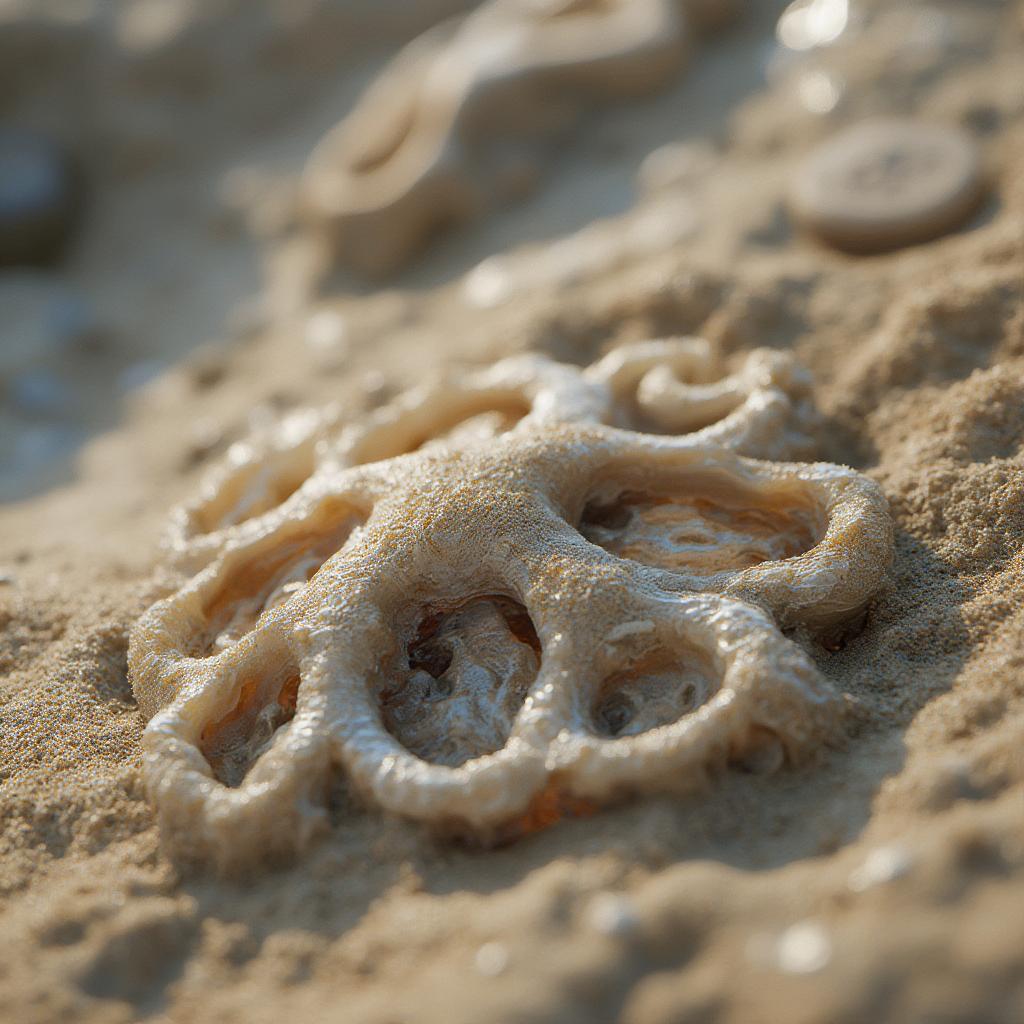
Talk about a strange find! An amateur fossil hunter recently stumbled upon something truly unusual on a beach in Denmark—a piece of animal vomit that’s around 66 million years old. Yes, you read that right: ancient vomit.
The discovery happened at Stevns Klint, a coastal area in eastern Denmark. Peter Bennicke, the lucky fossil enthusiast, noticed a small, odd cluster of lily pieces embedded in a chunk of chalk. Intrigued, he brought it to Geomuseum Faxe, a local museum, where experts took a closer look.
After cleaning and examining the fossil, researchers determined it’s what’s known as a regurgitalite—fancy talk for ancient vomit. The lump contains at least two species of lilies, likely the indigestible parts that were spit up by an animal, probably a fish, after a not-so-satisfying meal.
“Lilies aren’t exactly a nutritious snack,” explained Jesper Milàn, a curator at the museum. “They’re mostly made of calcium plates with very little soft tissue. But this find gives us a peek into the food chains of the Cretaceous seas, showing what predators ate and how they interacted with their environment.”
This isn’t just a quirky discovery—it’s a big deal for scientists. Fossils like this help piece together the puzzle of ancient ecosystems, offering clues about the diets and behaviors of creatures that lived millions of years ago.
The fossil will now be displayed at Geomuseum Faxe, giving visitors a chance to marvel at a piece of history that’s both fascinating and, well, a little gross. Who knew vomit could be so important?
This discovery reminds us that even the most unexpected finds can unlock secrets from our planet’s distant past. So next time you’re strolling along a beach, keep your eyes peeled—you never know what ancient treasures might be hiding underfoot!
